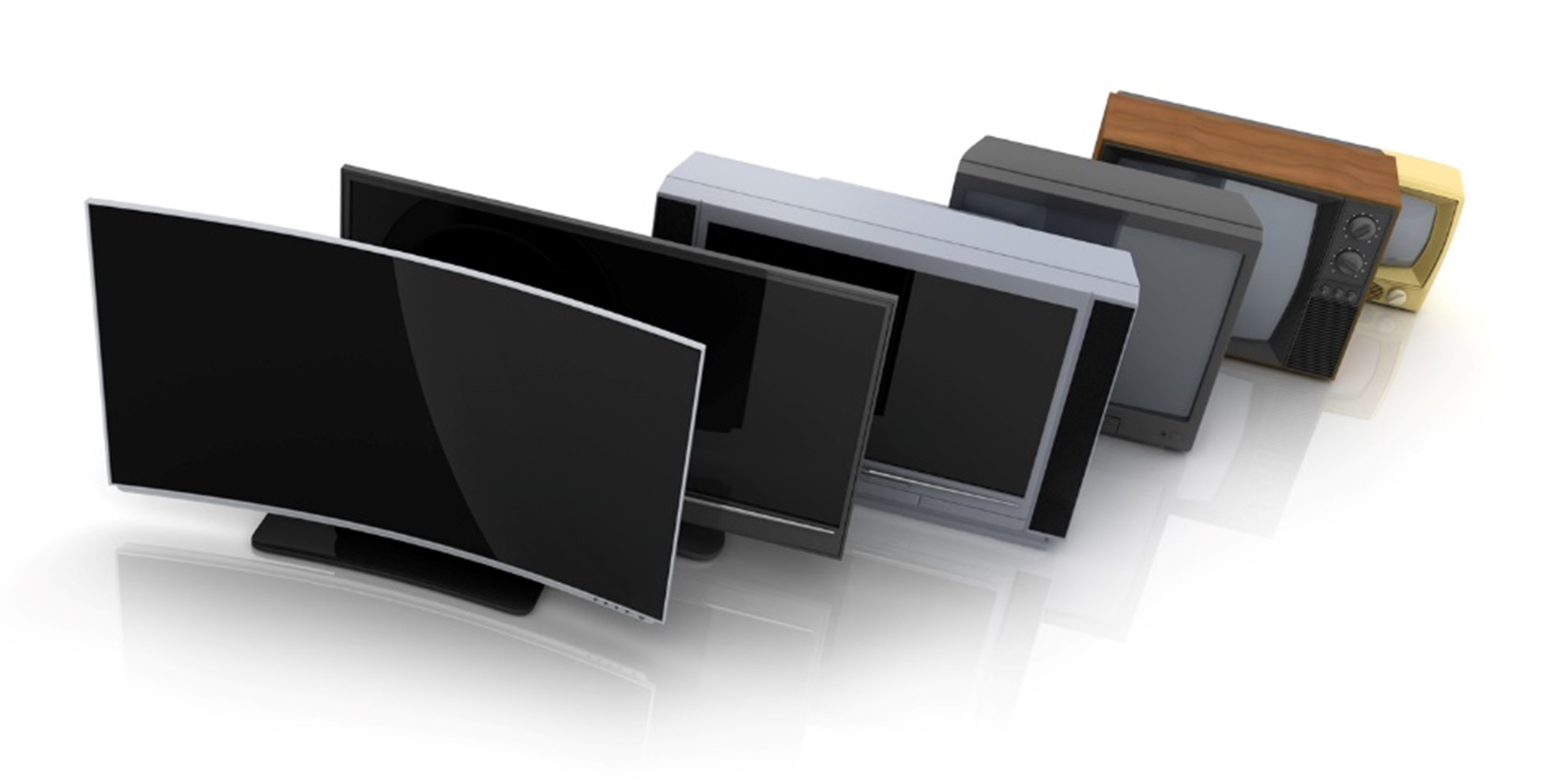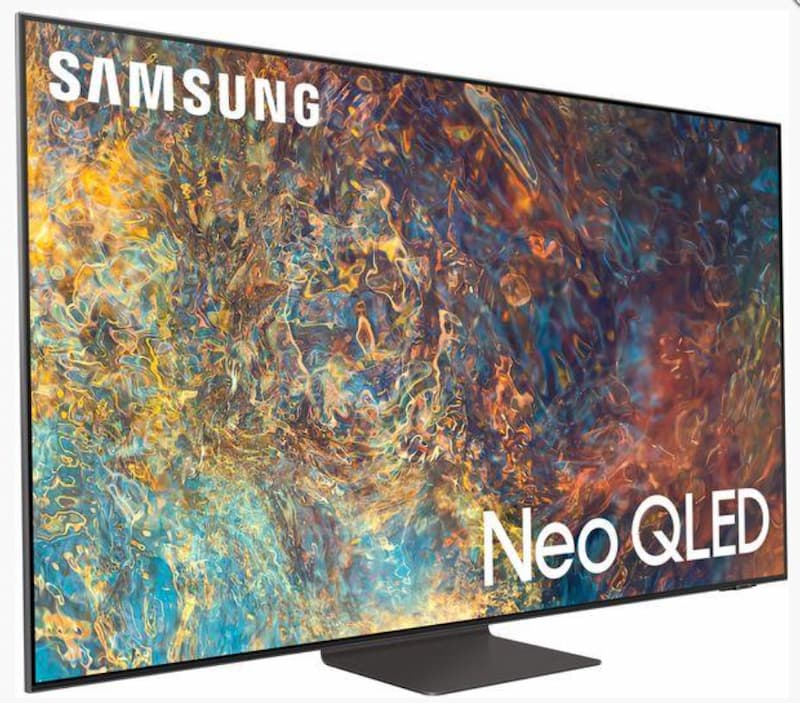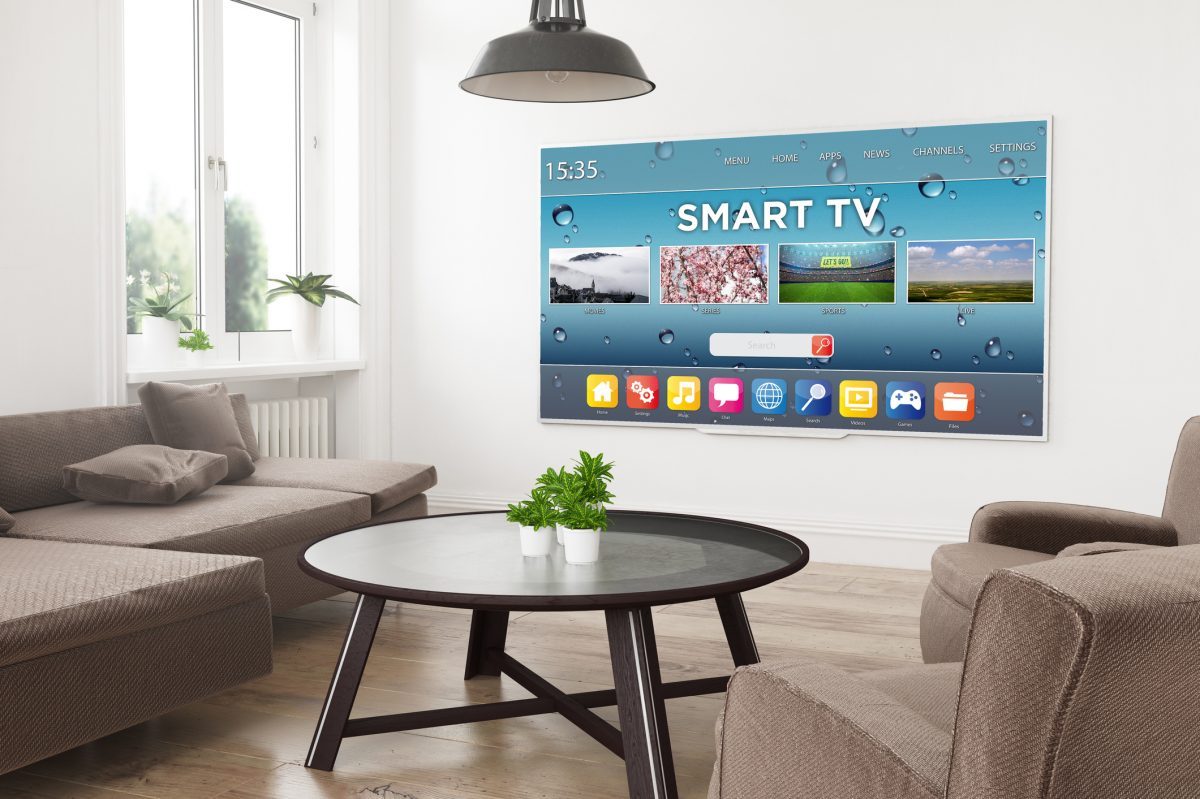How do you stop over 9000 plastic bottles from going to landfills? Simply by implementing a rule for the use of reusable bottles on a filming location for Game of Thrones. Anyone can take on such a measure towards being environmentally friendly, and thankfully the television and movie industry is starting to see that. The filming industry has changed over time and is continuing to change. There is so much going on, from broadcasting and eco-friendly television production to the manufacturing of Cheap TVs and recyclable materials in manufacturing. Today we’re looking at how TV and movies have become more sustainable and eco-friendlier.
Going Green on Movie and TV Sets
There have been some fantastic incentives in recent years to help improve the sustainability of television and movie sets. Previously clothing and props would be discarded after filming; they were no longer needed and often went to landfills. Now more is being done to ensure that everything from furniture to clothing is either loaned or donated afterwards. In addition, many sets will ensure that their make-up team only uses cruelty-free make-up in recyclable containers and ensure that their catering facilities donate any unused food at the end of the day/week to local food banks or schools.
Reusable Water Bottles saving Plastic from Recycling and Landfill
As mentioned, one of the most practical and straightforward uses of going green on filming locations has been implementing reusable bottles. These bottles are filled by large water storage containers rather than individual plastic bottles. The change to reusable bottles saved around 95,000 plastic bottles in filming the latest Terminator movie and 9,950 during the shots of the final season of Game of Thrones filmed in Spain.
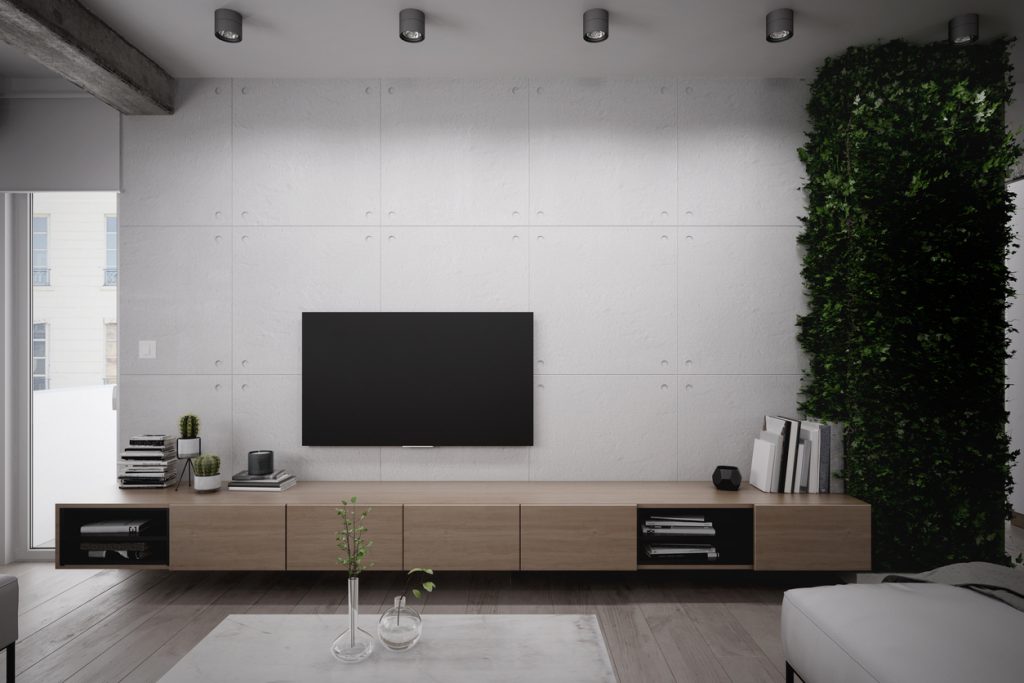
How TV Technology is Turning Towards Sustainability
When it comes to filming, technology is also leading the way with sustainability. More studios are opting to use LED lighting during filming to ensure that energy is conserved where possible. There have also been instances where studios have installed solar panels on trailers and soundstages to create their power to use on set. An increase in the use of electric or hybrid vehicles has been seen, too, as they have become more widely available—many studios opting to use hybrids on set. Sunbeam Studios in London also endeavours to hire hybrid taxis for clients visiting their offices or set locations.
Of course, we can’t ignore the fact that there is another side to the TV Industry: viewing films and TV shows by the general public. Thankfully advancements in TV technology and packaging have made the production of TVs a lot more sustainable too.
What our Brands Have Done to Work Towards a Sustainable Industry
As a whole, the TV production industry is doing a lot to make TVs more sustainable. Its believed that TVs are now 60% more efficient than they were five years ago, which is a significant improvement.
The majority of TVs produced now use LED technology, which is why we feature so many cheap LED TVs on our website. LED technology uses 30% less power than Plasma, making it a better option for the environment.
Our cheap smart TV brands are doing their bit for the environment in other ways too. Samsung, for example, has a fantastic takeback recycling scheme for old TVs and use eco-friendly packaging, which can be reused as small furnishings like coffee tables. They are developing new ways of looking at TV accessories and have designed a solar cell-powered remote control, which charges its own battery, removing the need to change the batteries in the device.
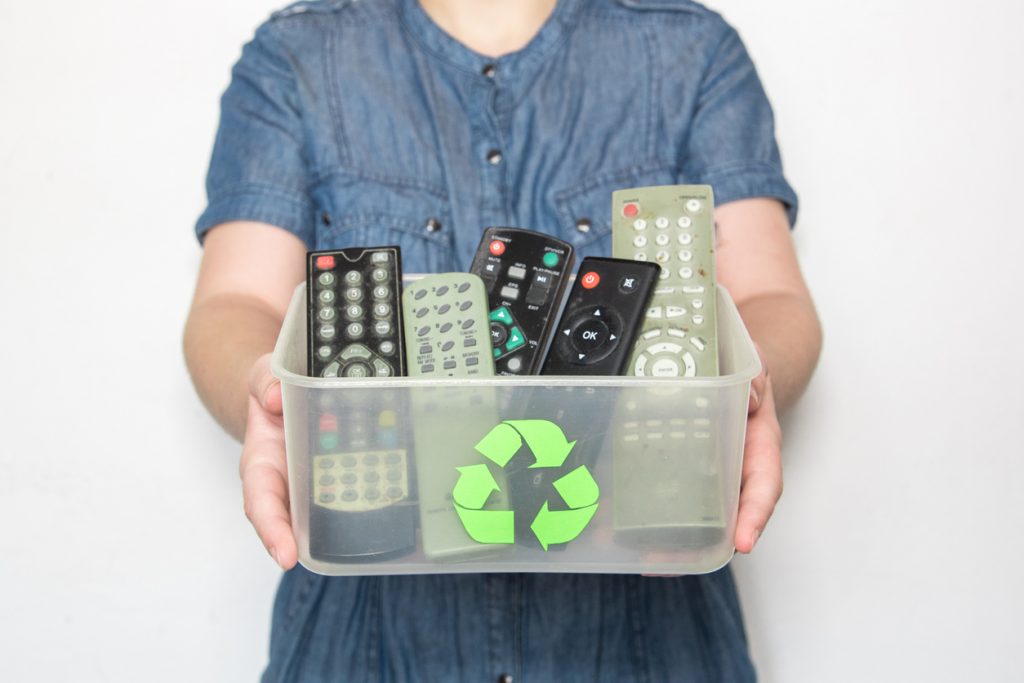
Sony’s Move to Recycled Plastic
Sony has been developing their Bravia range with Sorplas Recycled Plastic, reducing CO2 emissions during manufacturing by 80% compared to virgin resin. This move started in 2016 and continues alongside bids to minimise plastic packaging.
LG Leading the Way with Sustainable Targets
Recycled plastic is an ongoing trend, with LG also using this in their products. The brand has set targets to reduce carbon emissions by 50% compared to 2017 and achieve a 95% in waste recycling rate at production sites by 2030. They also want to transition to 100% renewable energy by 2050. They also aim to make their TVs more recyclable by using mercury-free display panels, smaller and lighter packaging and standardised materials and connection types.
Other brands such as Hisense have started to investigate different technologies like their laser TVs which consume even less power than LED TVs, and Panasonic aims to achieve zero-CO2 emissions at their production sites by 2050.
Think Green when Buying Your Next TV from Electronic World
With so many of our amazing brands leading the way with green technology, it is easy to do the right thing and think greener when looking for your next TV. You can check their energy ratings easily on the product pages, and of course, by looking to Electronic World for graded TVs, you are buying products that couldn’t otherwise be sold, an environmentally friendly approach for sure. At Electronic World we’re proud of the range of cheap smart TVs we offer and are certain you’ll find exactly what you are looking for on our site. Contact us to see what we can offer you today and walk away with a fantastic deal.




